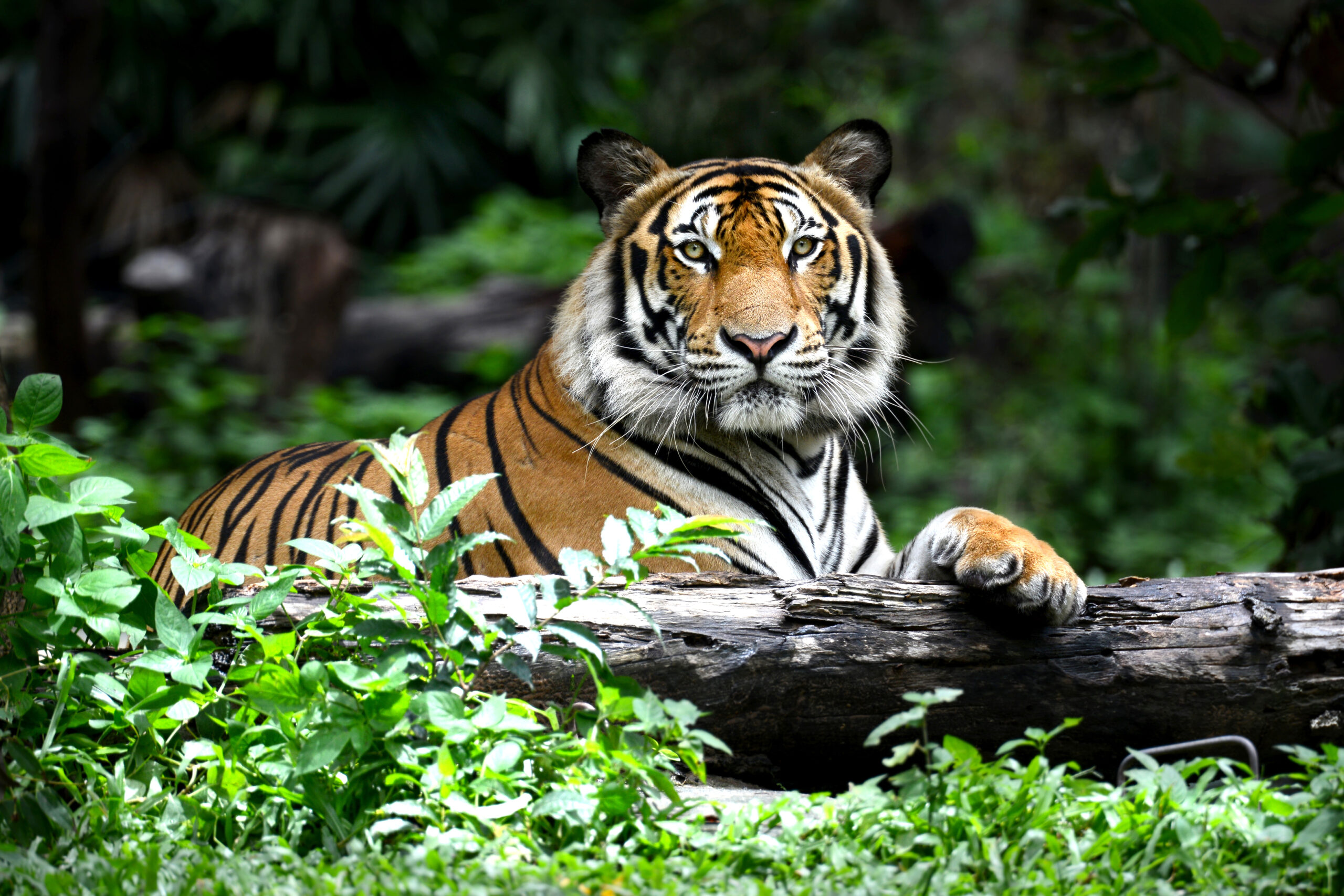Summary of Project Update with Parking Map:
Reid Park Zoo in Tucson has announced exciting developments, including the recent births of a giraffe named Moyo on January 15 and an elephant calf on March 8, with a naming contest result for the elephant to be revealed on April 17. These additions are crucial for their species’ conservation. Additionally, construction for the new Pathway to Asia exhibit is set to begin on April 20, aiming to educate visitors on endangered Asian species and reintroduce tigers to the zoo. Significant changes are also occurring in parking; the old Zoo and Adaptive Recreation Center lots are closing on April 15, replacing a new lot with more spaces and improved accessibility. The 22nd Street lot will also close for two years for construction use. These advancements have been made possible by the support of Tucson voters and a tax initiative passed in 2017, reflecting the community’s commitment to the zoo’s mission of conservation and education.
– The significance of the Pathway to Asia project at Reid Park Zoo for conservation and education
– Overview of the new parking arrangements and the impact on zoo accessibility
– The role of zoos in species preservation and the importance of the Species Survival Plan
– Community support and involvement in zoo projects and conservation efforts
– Future directions in zoo management and wildlife conservation
Reid Park Zoo’s announcement about the commencement of the Pathway to Asia project on April 20, 2024, marks a significant step towards enhancing its conservation and educational efforts. The project aims to introduce zoo visitors to a range of threatened or endangered species from the largest continent and strives to bolster the zoo’s role in global conservation initiatives.
The Pathway to Asia project is designed as a dynamic and engaging space where visitors can learn about various species, such as the red panda, Komodo dragon, sand cats, and more. By providing spacious habitats for these animals, including a new home for tigers, the project underscores the zoo’s commitment to animal welfare and conservation. It also serves as a platform for educational programs highlighting the importance of conserving these species and their natural habitats.
Adjustments to parking have been meticulously planned to accommodate this initiative. Starting April 15, the old zoo and Adaptive Recreation Center parking lots will close permanently to make room for the new Pathway to Asia. Visitors will now park in the new lot located north of the ARC, accessible from Lakeshore Lane or Randolph Way. This change is part of a broader effort to improve accessibility and visitor experience at the zoo. The new parking strategy includes additional spaces and accessible parking close to both the zoo and ARC entrances, indicating a thoughtful approach to visitor convenience and access needs.
The births of a giraffe foal named Moyo and an elephant calf at Reid Park Zoo underscore the importance of zoos in species preservation. These additions are part of the Species Survival Plan, a program to manage and conserve select endangered species within accredited zoos. Through careful breeding programs, zoos contribute to these species’ genetic diversity and long-term sustainability. By sharing the stories of these animals and the conservation efforts behind them, Reid Park Zoo educates visitors on the critical role zoos play in wildlife conservation.
Community support has been instrumental in realizing projects like Pathway to Asia. The Tucson voters’ backing of the 2017 tax initiative illustrates the community’s commitment to the zoo’s mission. This collaborative approach between the zoo and its supporters has facilitated various habitat and infrastructure upgrades, enhancing the welfare of the animals and improving the overall visitor experience. The community’s involvement in these conservation efforts demonstrates a shared dedication to protecting wildlife and preserving biodiversity.
Zoo management and wildlife conservation will likely continue evolving to address emerging challenges and opportunities. Zoos play a pivotal role in conservation science, education, and engagement as bridges between the public and the natural world. Projects like Pathway to Asia are examples of how zoos expand their impact, using innovative approaches to habitat design, visitor engagement, and conservation storytelling. Future efforts may focus on integrating technology to foster interactive learning experiences, expanding conservation research programs, and enhancing global partnerships to support wildlife conservation on a larger scale.
Reid Park Zoo’s endeavors, particularly the Pathway to Asia project, highlight the evolving role of zoos in conservation, education, and community engagement. By carefully planning visitor access and parking, participating in species preservation efforts, and fostering a strong connection with the community, the zoo enhances its ability to contribute to the global conservation landscape. The proactive steps taken by Reid Park Zoo provide valuable lessons in zoo management and underscore the importance of collaborative conservation efforts.


